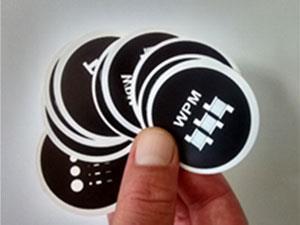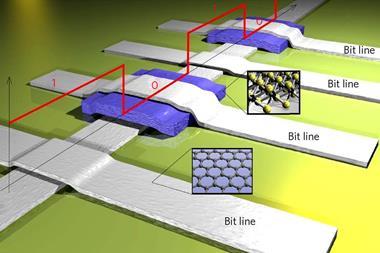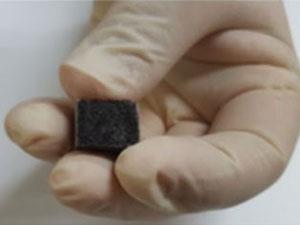Printed electronic transfers created using water-based printing process

Graphene based materials may often be in the papers, but are now literally coming straight off the printing presses. Scientists in Spain have printed graphene oxide onto different materials, including paper, and used it as a touch sensitive electronic device.
The flexibility of printable circuits has had a major impact on established technologies, from solar cells to thin film transistors, and ushered in new developments, such as the use of radio frequency tags in contactless credit cards. But current printing methods are proving to be inefficient. Lithography, for instance, requires toxic organic compounds that can damage the printed sample and inkjet printing can be inaccurate for intricate circuit patterns.
Luis Baptista-Pires and his colleagues from the Barcelona Institute of Science and Technology have now transferred graphene oxide coated on a wax printed membrane to paper, an adhesive film and even a t-shirt by simply using pressure and water. As the wax membrane is hydrophobic, water absorbed by the sample is pushed towards the hydrophilic graphene oxide surface, allowing it to be easily transferred to another surface when placed under pressure.
The team also printed graphene oxide onto a plastic and, as the oxide conducts electricity, used it as a touch sensitive LED switch.
References
L Baptista-Pires et al, ACS Nano, 2015, DOI: 10.1021/acsnano.5b05963












No comments yet